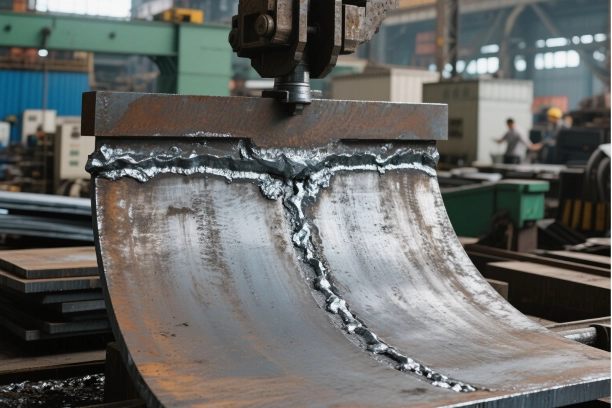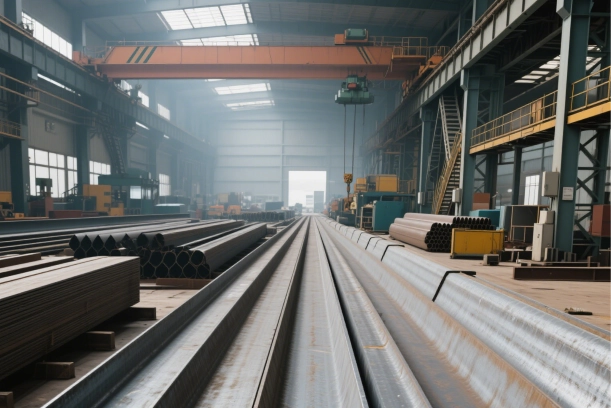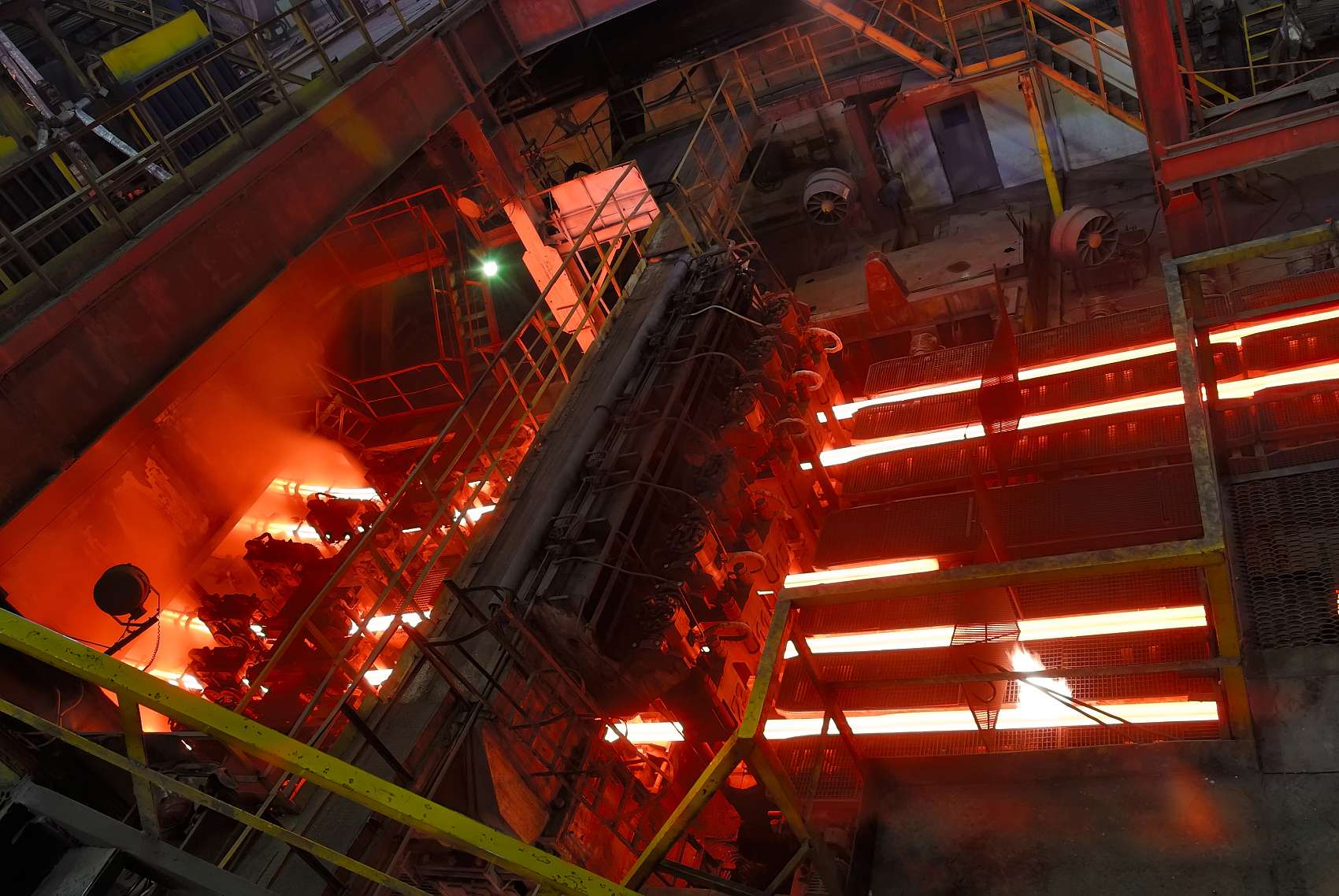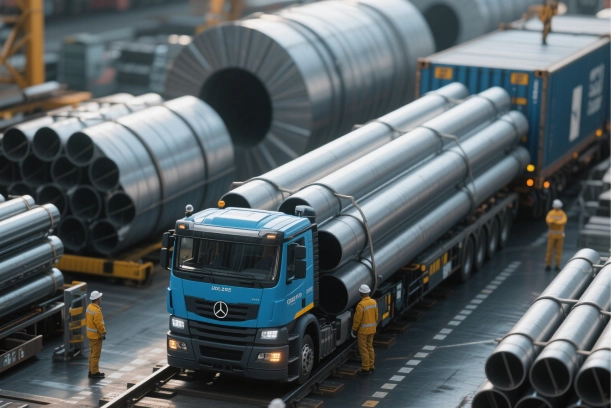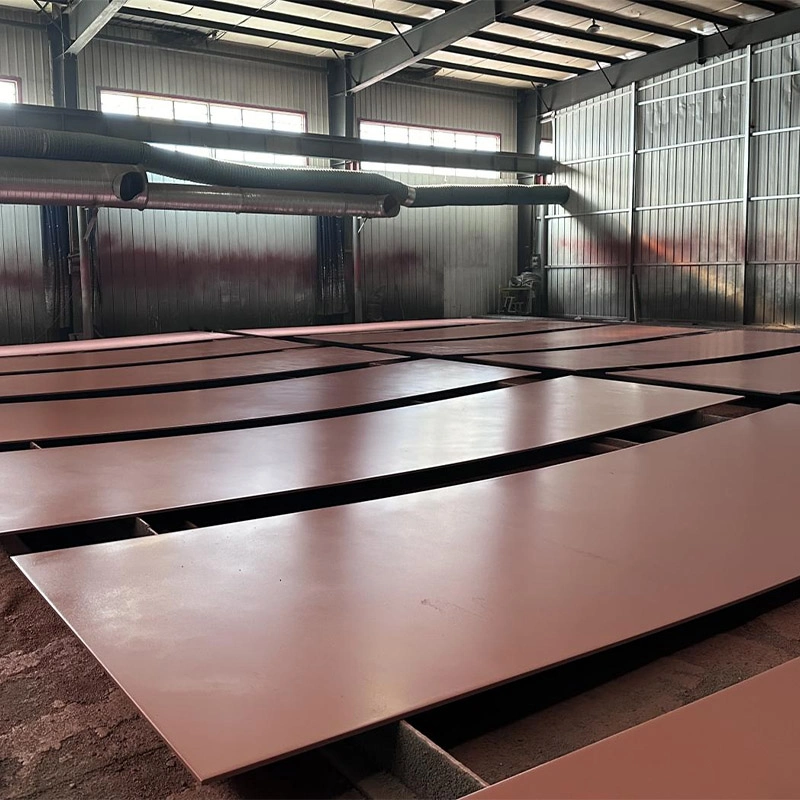Common Grades of Heat Resistant Steel
|
Heat Resistant Steel |
||||
| NO. | GB | ISO | UNS | |
| 1 | ZGR30Cr7Si2 | GX30CrSi7 | 1.4710 | |
| 2 | ZGR40Cr13Si2 | GX40CrSi13 | 1.4729 | J91153 |
| 3 | ZGR40Cr17Si2 | GX40CrSi17 | 1.4740 | |
| 4 | ZGR40Cr24Si2 | GX40CrSi24 | 1.4745 | |
| 5 | ZGR40Cr28Si2 | GX40CrSi28 | 1.4776 | J92605 |
| 6 | ZGR130Cr29Si2 | GX130CrSi29 | 1.4777 | |
| 7 | ZGR25Cr18Ni9Si2 | GX25CrNiSi18-9 | 1.4825 | J92803 |
| 8 | ZGR25Cr20Ni14Si2 | GX25CrNiSi20-14 | 1.4832 | |
| 9 | ZGR40Cr22Ni10Si2 | GX40CrNiSi22-10 | 1.4826 | J92803 |
| 10 | ZGR40Cr24Ni24Si2Nb | GX40CrNiSiNb24-24 | 1.4855 | |
| 11 | ZGR40Cr25Ni12Si2 | GX40CrNiSi25-12 | 1.4837 | J93503 |
| 12 | ZGR40Cr25Ni20Si2 | GX40CrNiSi25-20 | 1.4848 | J94204 |
| 13 | ZGR40Cr27Ni4Si2 | GX40CrNiSi27-4 | 1.4823 | J93005 |
| 14 | ZGR50Ni20Cr20Co20Mo3W3Nb | GX50NiCrCo20-20-20 | 1.4874 | |
| 15 | ZGR10Ni32Cr20SiNb | GX10NiCrSiNb32-20 | 1.4859 | N08151 |
| 16 | ZGR40Ni35Cr17Si2 | GX40NiCrSi35-17 | 1.4806 | N08002 |
| 17 | ZGR40Ni35Cr26Si2 | GX40NiCrSi35-26 | 1.4857 | N08705 |
| 18 | ZGR40Ni35Cr26Si2Nb | GX40NiCrSiNb35-26 | 1.4852 | |
| 19 | ZGR40Ni38Cr19Si2 | GX40NiCrSi38-19 | 1.4865 | NO8004 |
| 20 | ZGR40Ni38Cr19Si2Nb | GX40NiCrSiNb38-19 | 1.4849 | N08008 |
| 21 | ZNRNiCr28Ws | G-NiCr28W | 2.4879 | |
| 22 | ZNRNiCr50 | G-NiCr50Nb | 2.4680 | R20501 |
| 23 | ZNRNiCr19 | G-NiCr19 | 2.4687 | |
| 24 | ZNRNiCr16 | G-NiCr15 | 2.4815 | N06006 |
| 25 | ZGR50Ni35Cr25Co15W5 | GX50NiCrCoW35-25-15-5 | 1.4869 | |
Common Sizes of Heat Resistant Steel
Promispecial® provides heat resistant steel products that come in various standard sizes, with customization options available to meet specific needs.
- Length Range: Typically 1000mm to 7000 mm, with custom lengths available upon request.
- Hot-Rolled Round Steel: The diameter typically ranges from 5.5mm to 380mm.
- Hot-Rolled Square Steel: Side lengths range from 5.5mm to 300mm.
- Hot-Rolled Flat Steel: Thickness ranges from 3mm to 60mm, with widths ranging from 10mm to 200mm.
- Hot-Rolled Hexagonal Steel: Across-the-flats dimensions range from 8mm to 70mm.
- Hot-Rolled Octagonal Steel: Across-the-flats dimensions range from 16mm to 40mm.
Manufacturing Process of Heat Resistant Steel
Raw Material Selection and Preparation
The manufacturing process starts with the selection of high-quality raw materials consisting of iron ore and alloying elements like chromium, nickel, molybdenum, and silicon. The materials that go to make this are prepared such that the end material has to fulfill the chemical composition of high heat resistance. They are scientifically prepared to provide the proper constituent composition for the deficiency of heat resistance.
Melting and Alloying Techniques
The raw materials are then melted in electric arc furnaces, which have optimal control of temperature and thus alloying. Chromium is one of these elements that helps steel maintain its mechanical properties at high temperatures in this stage. This phase, which has the addition of chromium, serves to make the steel more resistant to maintaining its mechanical nature at high temperatures.
Forming and Shaping Methods
Following alloying, the molten steel is shaped into different forms during casting, usually with either a continuous casting or an ingot casting. The cast steel is hot-rolled or forged into plates, bars, or forms for different industry usage. This process helps ensure that the final product has dimensional specifications while also maintaining the structural stability of the product. This ensures that the final product is dimensionally accurate and retains strength as needed.
Why Furnaces Need Heat Resistant Steel
Furnaces can function at very high temperatures and pressures, which is not a friendly environment for common metals, as many can degrade quite fast. The furnace, in which mechanical strength is not lost even at high pressure, is made of heat-resistant steel. It does not deform or break even after long-term exposure to high-temperature loads, allowing more reliable and efficient operation.
Automotive and Aerospace Applications of Heat Resistant Steel
Heat Resistant steel used in the automotive sector, is mainly associated with applications including engine components and exhaust systems where high temperatures occur during operation. Turbochargers with applications demanding both thermal stability and resistance to oxidation and steel itself are made from high temperature stainless steel. Turbochargers that perform in the most extreme environments rely on high temperature stainless steels which provide both thermal stability and corrosion resistance.
For instance, aerospace applications require heat resistant metal too, as airplane engines come in contact with a lot of high-performance parts when they are flying. It ensures, for example, that turbine blades do not fall apart, despite constant thermal cycling. It ensures that components like turbine blades maintain their structure while constantly being thermally cycled.
Heat Resistant Steel Applications in the Energy Sector
Heat resistant steel is key for the energy sector, as its robustness in harsh environments makes it widely used for coal-fired power plants, waste incineration facilities, and nuclear power stations as well. High heat resistant metal survives corrosive elements for long stretches in these places. High heat resistant metal in these settings battles corrosive elements while maintaining the long haul performance.
Boilers made from heat resistant stainless steel endure high pressures without succumbing to creep or oxidation. This reliability makes them indispensable for efficient energy production.
Role of Heat Resistant Steel in the Petrochemical Industry
Materials required by the petrochemical industry involve the use of high-temperature and corrosive materials processed during operations. While this requirement is met with the help of heat resistant steel, the latter is an excellent solution for the manufacture of pipelines and reactor equipment. Owing to this checked need, heat resistant steel fulfills this need to establish strong solutions for steel pipelines & reactor equipment manufacture.
Such steels provide good resistance to oxidation which is important for moving sensitive chemicals at high temperatures through long-length pipeline networks or in-process reactor similar conditions and our forensics and modeling asset has provided confidence in the suitability of this type of material. Such steels are well suited for oxidation resistance, which is important when transporting volatile chemicals at high temperatures over long pipelines or within reactors where reactions take place under extreme conditions.
Comprehensive Processing Services by Promispecial®
Promispecial® provides comprehensive processing services to meet the other requirements of industries using heat resistant steel. These services help to ensure that the material is produced to high standards and processed to deliver optimal performance in demanding applications. These not only ensure that, as the material is produced, it is of the highest quality possible, but is also ready to excel in demanding applications.
Heat Treatment Services
Heat treatment is an essential process to improve the mechanical properties of heat resistant steel. Using the quenching and tempering technique Promispecial® also helps shape the grain structure and since then it has increased both the hardness and the toughness. It is employed as a part of the process for providing solid heat resistant steel capable of high enduring temperatures.
Surface Treatment Options
Promispecial® also provides surface treatment, with coating and finishing options to enhance oxidation and corrosion resistance against steel. Such treatments are vital for components that experience extreme conditions, those in energy generation, or petrochemical processing applications. The use of protective layers limits the reproducibility of heat resistant steel components.
Dimensional Control Measures
When components are used in high-stress applications, accuracy in manufacturing is paramount. During the forming and shaping part of the process, Promispecial® follows strict dimensional control guidelines. This guarantees that all parts are constructed to precise dimensions where dimensional failure due to climatic conditions is a risk. This guarantees that every part is produced with appropriate dimensions and helps to minimize the failure over time due to inaccuracies of dimensions when exposed to extreme conditions.
Quality Assurance Protocols
Promispecial® ensures adherence to strict quality assurance processes. Testing is done on each heat resistant steel batch to ensure its chemical composition, mechanical properties as well as its resistance abilities. We ensure that the material will perform consistently through the intended range of industrial applications, providing confidence to manufacturers and end-users alike.






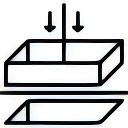


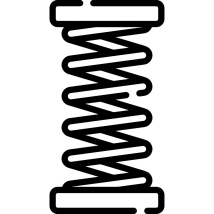



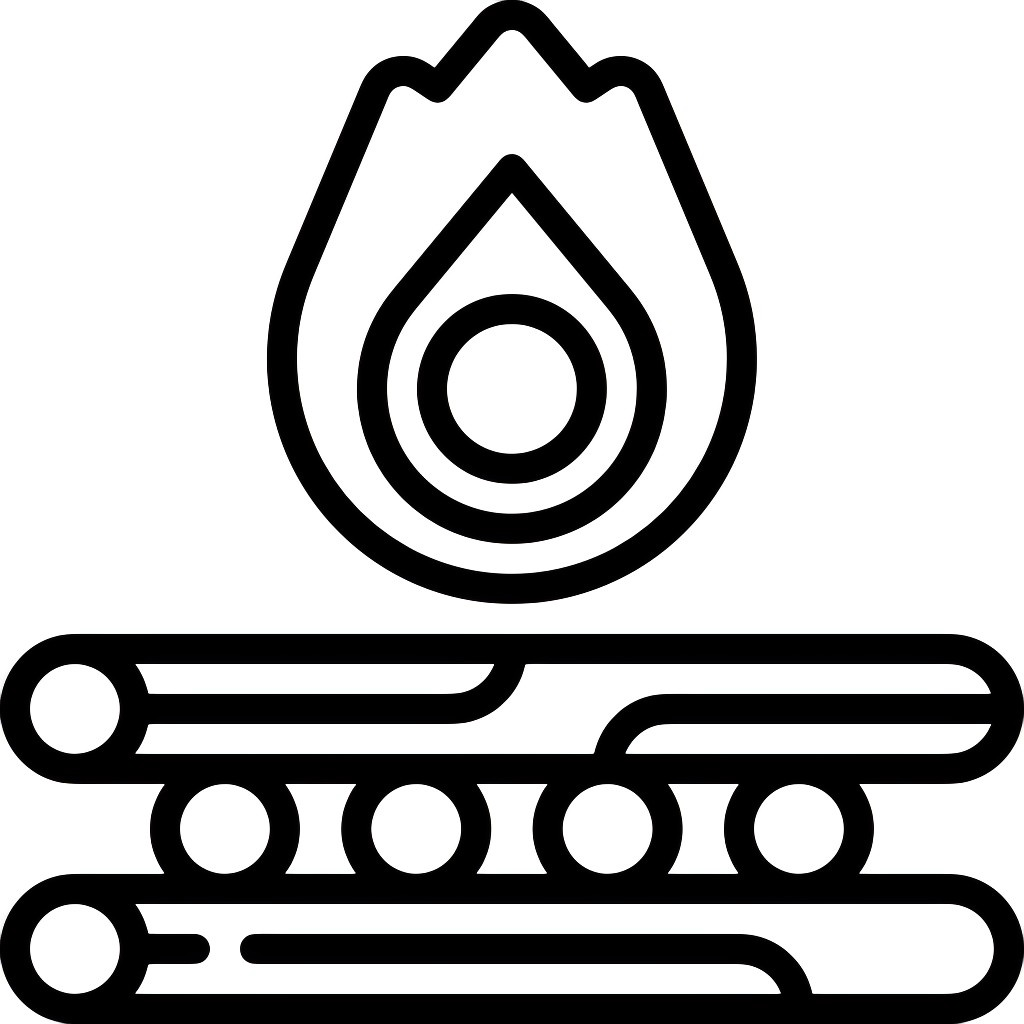


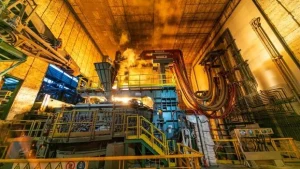
.webp)
